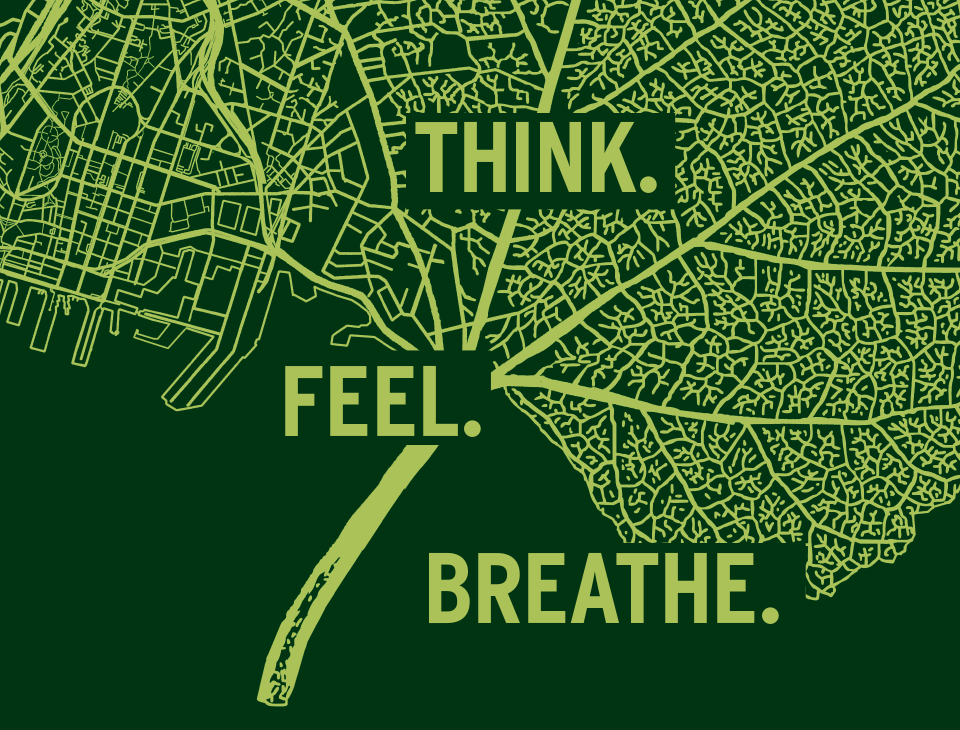
When you think of a large, growing city like New York City or Auckland, you may imagine loud noises, miles of continuous concrete, and towering sky scrapers. However, there is an underlying ecology to this concrete world that you can see if you just pause. This urban ecology can be divided into three types spaces: leisure spaces like parks, feral spaces like alleyways and abandoned buildings, and remnant spaces like waterways and nature-scapes. Remnant spaces can be considered to be an intermediary space between traditional nature and urban spaces. Each of these three spaces, in some way, incorporates nature into a city space down to the microbes that have built the foundation of life. These spaces have an underlying ecology that incorporates the concrete as habitat and the loud noises to be analogous to the wind in the trees of a forest. They represent simultaneously both growth and decay, life and death that you would see in a forest, you also see in a city. The city and the land that it was built on has made this city living: reactive, not only passive, to human-made and nature-made changes.
The concept of a “living city” involves redefining what urbanization is and what it may look like. Urbanization is commonly accepted to be the idea of increasing the physical infrastructure within a growing city, but it can also be considered to be an increase in the physical structure of the network of actors that are within this city. The network of actors is every being, company, building, etc. that has influenced and changed the topic of discussion. This network is of innumerable size and creates a hierarchy concerning that discussion topic. For example, a city like Auckland may have a network of actors that contains legislators in local and state government, the company that paves the roads, the residents who pay the property taxes, and the tourists that add to the economy. An urban environment is no less different from a natural environment in that it has an ecological community built of a network of relationships between actors such as humans, mammals, plants, and microbes. All of these actors intermingle and coexist within their environments
Combining with Māori Traditional Ecological Knowledge, urban residents and many indigenous communities have pushed for society to view these urban spaces as nature – a living city. At the very basic level, all land, regardless of the overlying infrastructure, can be considered to be an entity with the capacity for reacting. The Māori people have taken this concept further so as to anthropomorphize the land and the water by assigning to it a mythical guardian spirit. When the land is changed in a way that could be devastating, Māori people use the subsequent well-being of the Taniwha to halt potentially damaging developments. These guardians serve as a way to encourage and to emphasize the need for conservation policy, even if the conservation exists within a city. Using these guardians as a tool has proven to be useful in the case of the Taniwha Horotiu.
By Shelby Hoogland